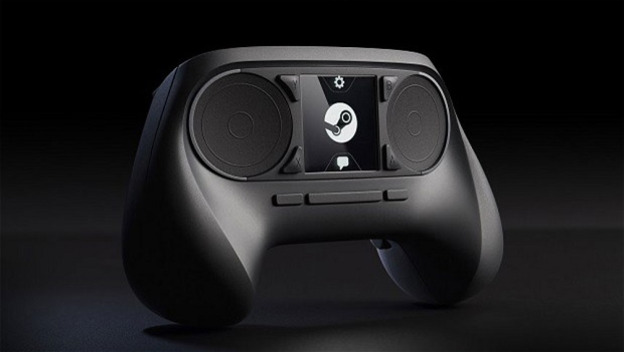It was back in 2012 when rumors about Valve’s supposed Steam Box started to materialize. These rumors occurred not too long after the Alienware X51 was announced, so the idea of a console-sized gaming PC was already ripe in our brain. We were ready for an alternative to the traditional living-room gaming console, and it seemed like no company would be better suited for the task than Valve. Think about it. Valve runs the most dominant PC digital-distribution gaming service in Steam, and is known for selling games really cheap and has a fantastic relationship with its customers. The reality of a Steam Box had the potential to seriously change gaming’s landscape right from the start. Over a year later, Steam Machines were revealed. However, the announcement wasn’t as paradigm shifting as I hoped. While the potential is certainly there, I think it will take some years before a Steam Machine can truly sit beside other consoles as an equal.
I was ready for Valve to blow the roof off everything with this announcement. I blame myself for thinking it could wield that kind of power. What Valve has here is a potentially devastating traditional-console time bomb. If a Steam Machine as we currently know it were to release at the same time as the PS4 and Xbox One, it wouldn’t be on the same playing field. Why? Because it can’t rely on itself to get the job done.
Valve decided to place its bets on Linux as the operating system in its Steam machines. Linux isn’t a household name, and it likely never will be. That’s okay because the average gamer could care less about which OS is powering their console. They just want their games to work and work well. The problem with Linux is that it’s a bit of an afterthought when it comes to PC gaming. Windows is by far the dominant platform. Sure, we see some indies and more established studios creating Linux versions of their games from time to time, but they occupy a very small section of the gaming population. Take the latest Humble Bundle Weekly Sale for example. Out of the 285,144 bundles sold, only a tiny sliver of that number was on a Linux machine. The leader was Windows, followed by Mac. If you were a developer and saw numbers like this, which platform are you likely to support? You’d likely go where the most people were. In this case, it’s Windows. Valve needs to do some serious courting of developers to convince them to make Linux a priority.

While Valve works to increase Linux support, Steam Machine owners can still play their Windows-based games on their TVs. They just have to stream them. To me, this is both a benefit and a hindrance. If you really want your console to overshadow the others, it has to stand on its own. People want to get a console, hook it up, and play. At this time, using a Steam Machine to its full potential requires a Windows gaming PC worth several hundred to thousands of dollars. With that kind of money already invested, I wouldn’t feel comfortable spending much more than $100 for a streaming-only Steam Machine. If I need to spend $400 for something that will mostly be used as a streaming box, you can count me out.
I still have high hopes for Steam Machines (as do some other people ), and I think its growth will be similar to Steam. Steam wasn’t well liked in the beginning, and it certainly had its problems. 10 years later, Steam is king. Valve’s quest to become a major player in game consoles is going to require a lot of time before it’s realized.
